This post is part of a series about some experiments I’m doing combining space and time in slit scan photographs. The series starts here.
On Wednesday, I made a series of about 9000 photographs 1 second apart using the Sony a7RII and a Zeiss 135mm f/2 Apo-Sonnar. I was able to get that speed by reducing the image resolution to M and using JPEG Extra Fine compression. Were I to use the full resolution of the camera, I’d only be able to make an exposure every 2 seconds.
Here is a sequence of about 5500 images assembled into one of the sliding slit scan photographs that I’ve been playing around with, with a one pixel wide column from each image:
Even at one second per exposure (about an hour and a half for the whole slit scan image above) the clouds are moving so fast that they don’t look at all like clouds in the final image.
If we use 7-pixel wide columns, and thus have only about 12 seconds across the image, it loks like this:
Now the clouds look like clouds, sort of. However, to my taste, the picture looks too real. I was hoping for something more otherworldly.
With 5 pixel wide slices, and maybe 18 minutes from one side of the image to the other:
That’s better.
I played with 4 and 5-pixel slices:
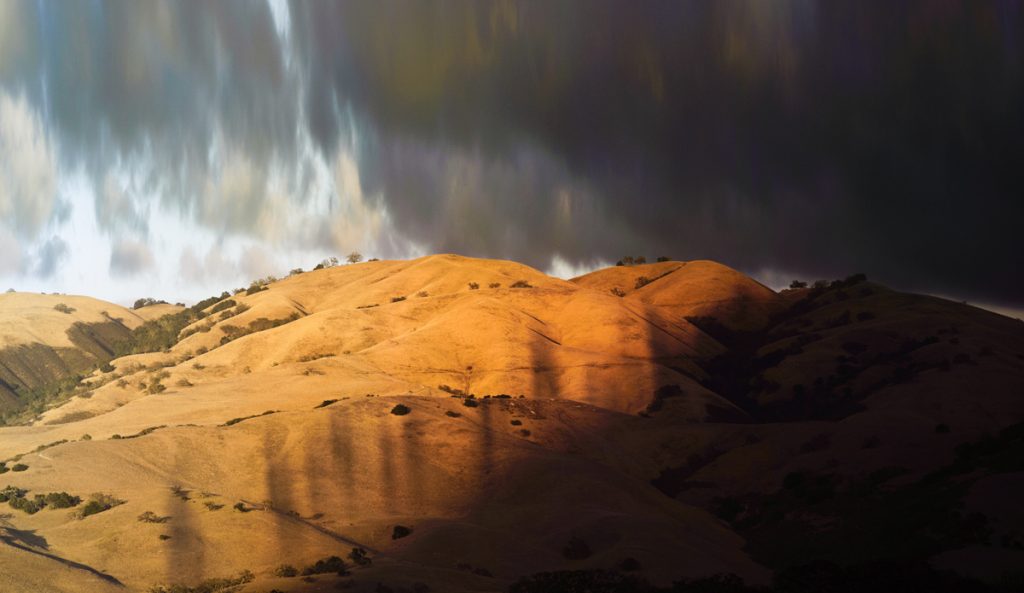
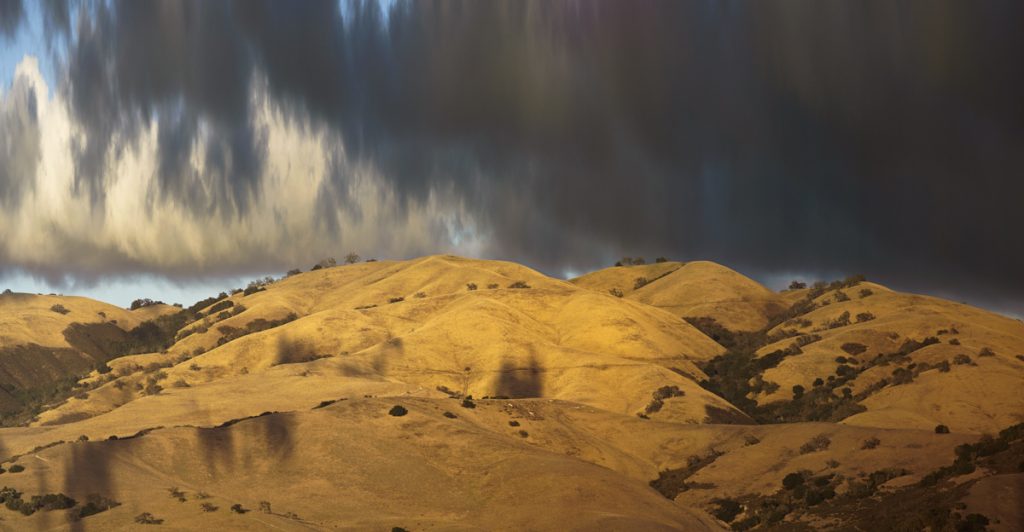
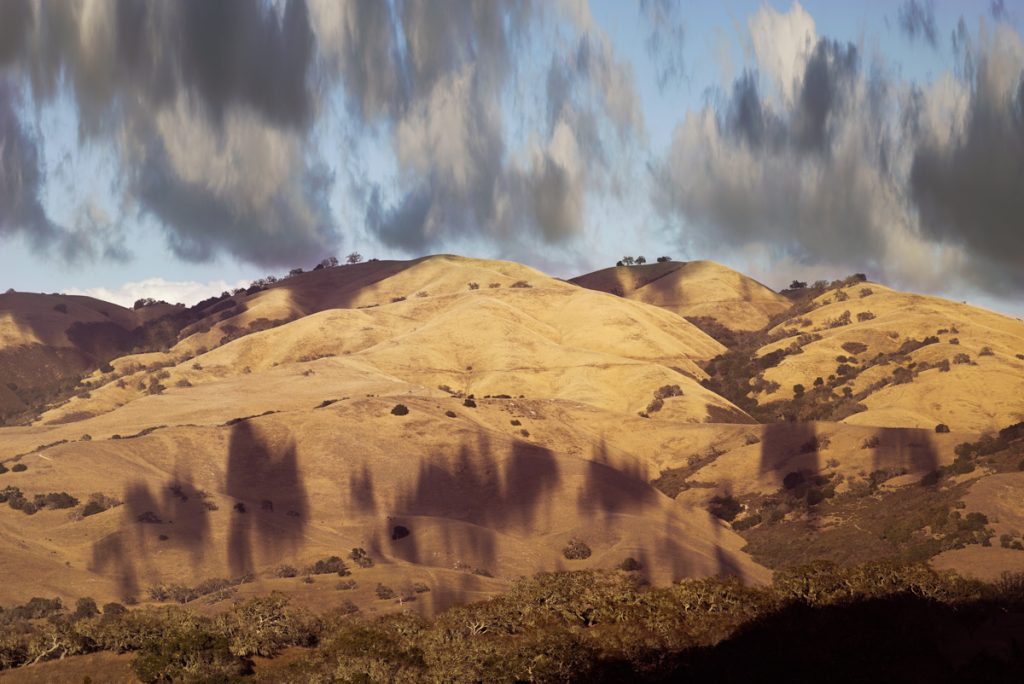
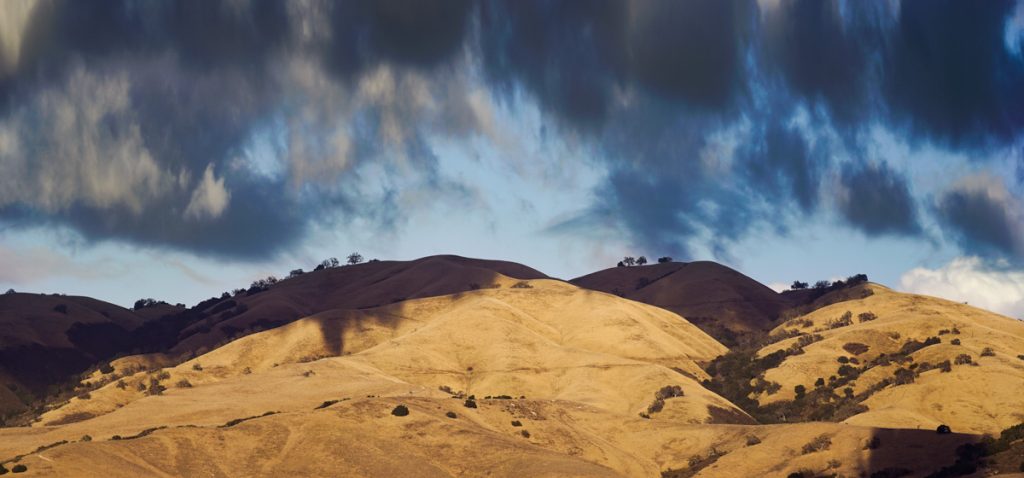
I’m currently working on some 6-pixel slice images. I’ll show you those tomorrow or the next day.
It’s clear that what I’ve got now is not what I’m looking for in the end, but I hope that, as is so often the case, that I’ve I pay close attention to the images I’m making, they’ll tell me how to make the images I want to make.
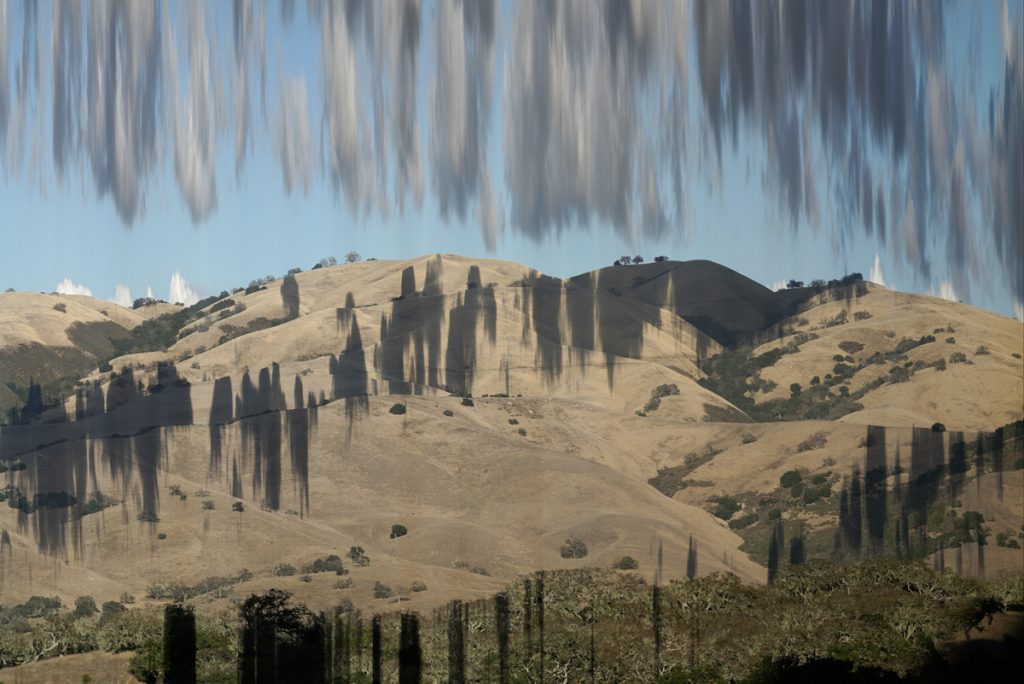
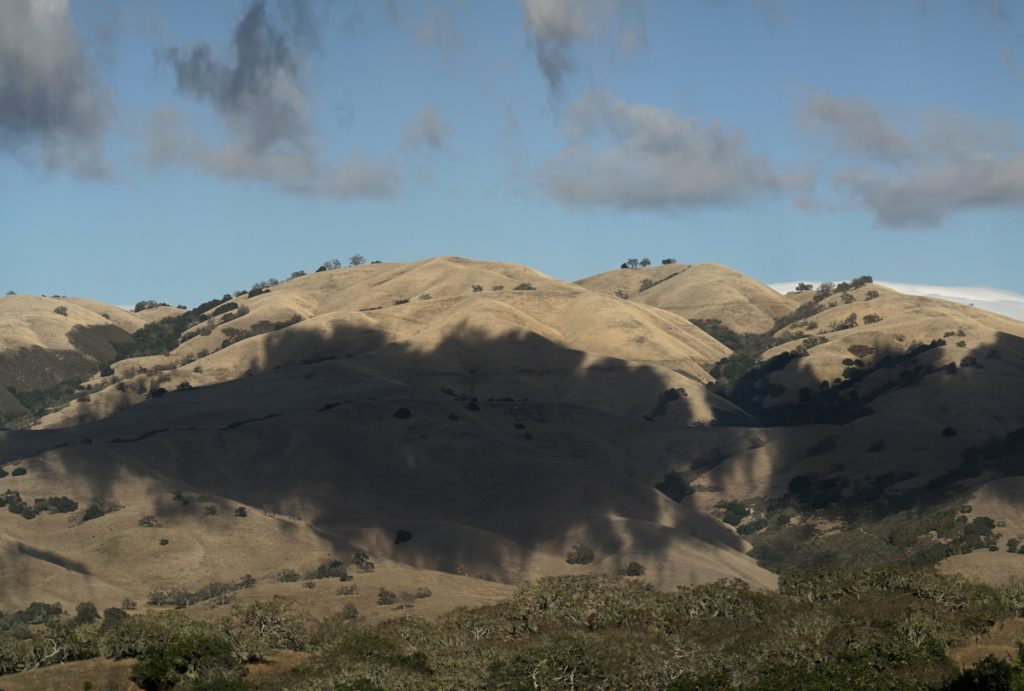
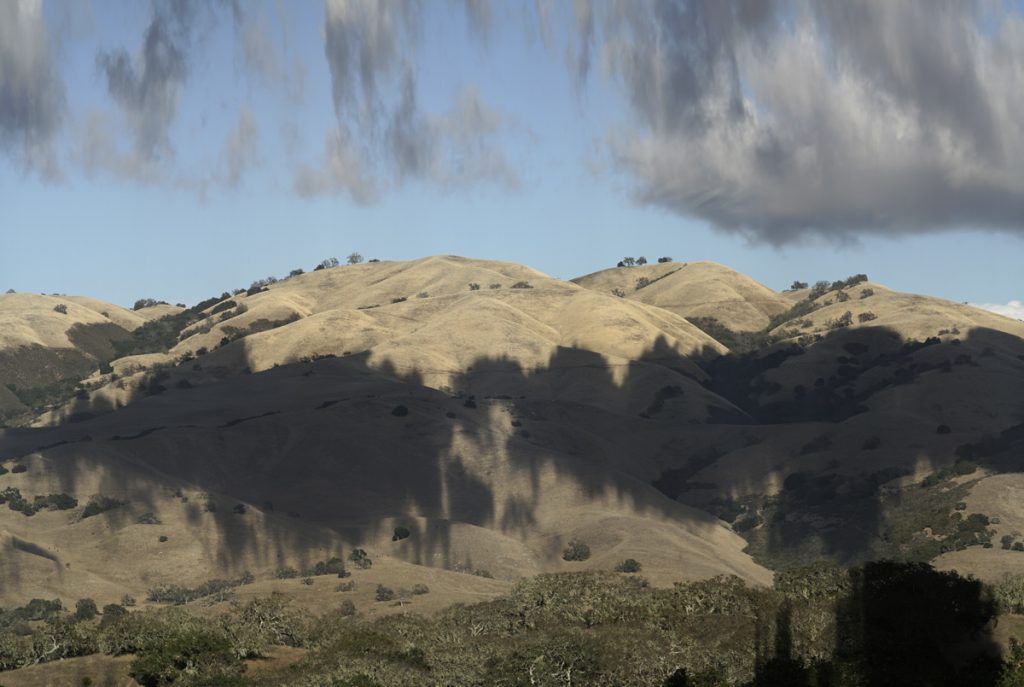
Leave a Reply